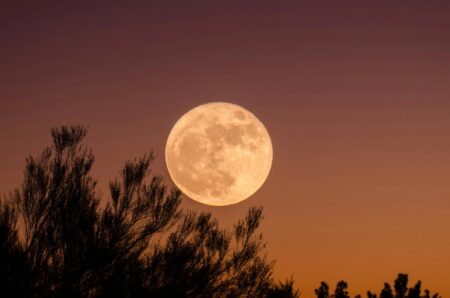 Panaji:
Panaji:
With the State’s temperature rising by 1 degree in last century, Goa is expected to start witnessing heat waves aftwr 2040s and Salcete, Tiswadi. and Bardez taluka will be more vulnerable to floods, says a report submitted by Central government agency.
The study conducted by NABSCON says the Climate change scenario Goa’s mean annual temperature has increased by over 1°C since the beginning of the 20th century till date (1901-2018), much of it during the period of 1990 2018.
The report says the mean annual rainfall in Goa has increased by 68% over the period 1901-2015.
Study also observes, with increasing rainfall the inter-annual rainfall variability in the State has also increased especially since 1970s. While mean annual rainfall in the State has increased, moderate to light rainfall days (IMD category I) in Goa have declined over 1901-2015 period, whereas very heavy and exceptionally heavy rainfall events (IMD category III) in the State have increased by more than 100%.
Mean annual temperatures (model ensemble) in Goa may increase by around 2°C in 2030s compared to 1901-1950 period, and further by around 4 C by 20805 under high emission scenarios, says report.
“Goa will start experiencing heat waves (>40 C) beyond the 2040s, as maximum temperature increases by about SC towards the century end under high emission scenarios. Minimum temperatures are expected to rise even more by up to 8°C by the century end under the high emission scenarios. The mean annual rainfall in Goa is projected to slightly decline under high emission scenarios, which under low emission scenarios is projected to slightly increase,” report reveals.
The flood vulnerability analysis from the State reveals that 14.73% of the land is under 15meter elevation, much of it in the coastal zones. and are severely vulnerable to flooding both from extreme rainfall events and sea-level rise In terms of vulnerability from floods and sea-level rise the Taluks Salcete, Tiswadi. and Bardez are most vulnerable.
Report says, communities living in low lying areas, informal settlements like slum population, people with disabilities and those whose livelihood dependents mainly on khazan lands and low lying ecosystems including riparian ecosystems are in particular the first and most vulnerable groups. Also, four coastal taluks of Bardez. Tiswadi. Mormugao, and Salcete, house about 80% of the population and are hubs of economic activity.
It is the moderate and light rainfall events that nourish life-forms and ecosystems, whereas very heavy and exceptionally heavy rainfall events create devastation and chaos to life-forms and ecosystems. Increasing frequency of very heavy and exceptionally heavy rainfall events in Goa is one of the key impacts of climate change witnessed in the state.







